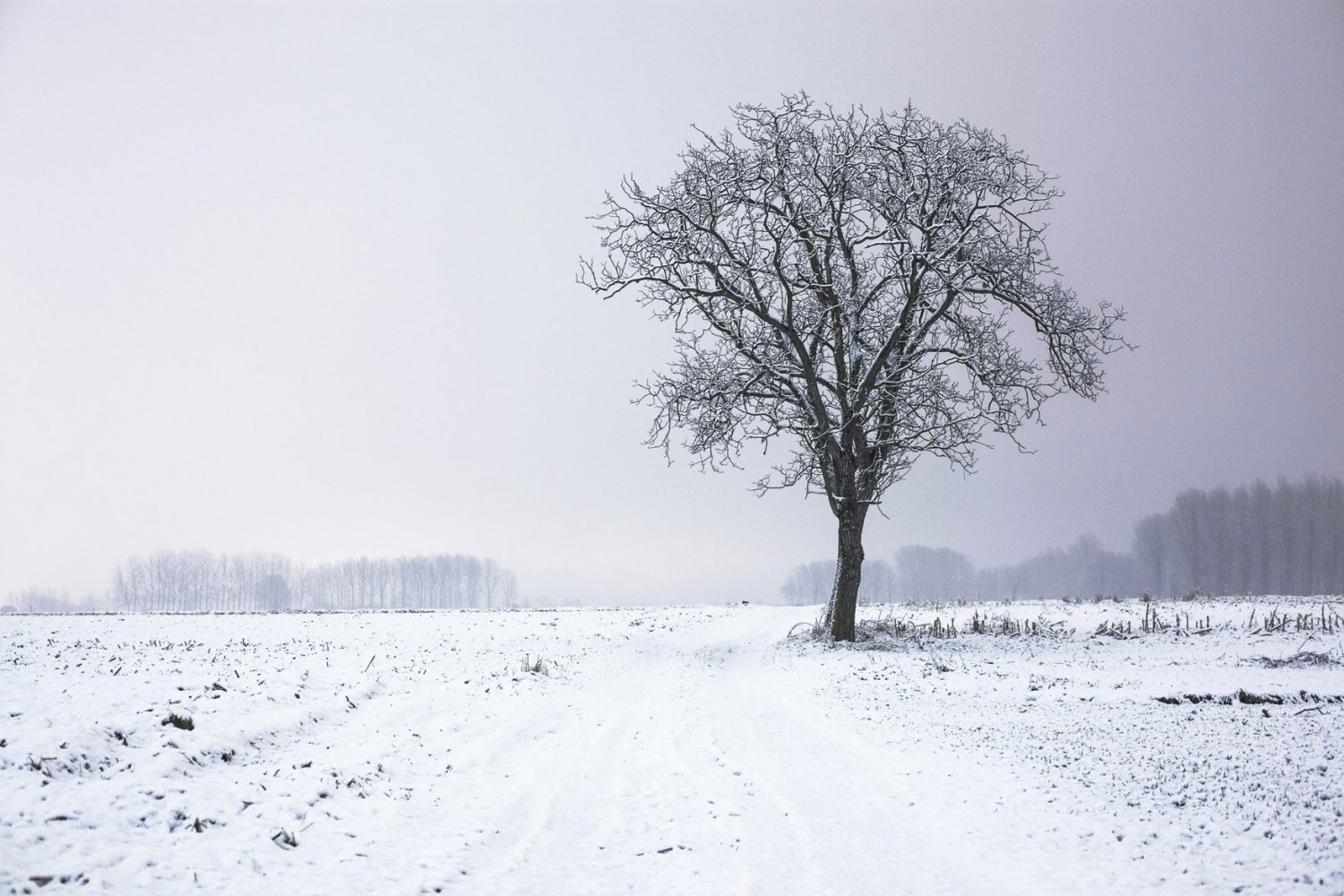Photgraphy Made Simple With These Great Tips
Photography is a beautiful art form, and also a wonderful hobby. The following tips will help you improve your photography skills and join the likes of professional photographers.
If you’re trying to take the best possible picture, get close to the subject you’re photographing. This will help you frame your subject, and block out disruptive backgrounds. It also allows you to focus on facial expressions, which can be important elements to any portrait photographer. Smaller details are usually overlooked when the picture is taken from far away.
Make sure you hold the camera correctly. Holding the camera correctly reduces the chance that an inopportune movement ruins your shot. Hold the camera with your arms close to your body and the palm of your hand under the camera to prevent the camera from falling or shaking.
If you know that you have a really important shoot the next day, make sure that you get ample rest. Yes, a lack of sleep will directly result in loss of judgment, which will hurt the quality of the shots that you take. Get at least eight hours of rest the night before a photo shoot.
When you are taking landscape photos, consider the sky. If the sky is rather bland and boring, do not let it dominate the photo. If the sky is lit up with wonderful colors (especially during sunrise, sunset or a storm) it is okay to let the sky dominate the photo.
Get professional equipment if you are serious about photography
Get professional equipment if you are serious about photography. Look for a digital camera with a dSLR feature. This allows you to get a better idea of the frame of your picture. What you preview actually looks like the picture you are taking. With a good sensor, you should be able to take much better pictures.
When aiming for the perfect shot, remember to keep sunlight in mind. Too little and you can’t see the subject. Too much and one of two things happen. The first is that too much sunlight is directed into the camera’s lens or on the subject and washes out the picture. The second is the person being photographed has to blink or close his eyes because of the massive amounts of sunlight coming into his eyes.
When photographing portraits, isolate your subject. Use a medium telephoto lens or the medium telephoto setting on your zoom. That, combined with a large aperture (try f/4 or larger), blurs the foreground and background. Focus on the eyes. Use diffused lighting for a flattering look. If outdoors, wait for an overcast sky or shoot with the subject in the shadows and the sun at your back.
Don’t rely too heavily on image-editing software. It’s a great tool to have, but if you rely on it too much, your photographs will start to look highly artificial. Try to achieve what you want before bringing it into image-editing software.
When photographing young children, time and patience is your best friend. Children are taught to “say cheese” whenever a camera is focused on them, inevitably creating artificial, fake smiles – or worse. Ideally, a child will become comfortable being photographed when the pressure to “perform” is removed. Simply encourage them to go about their normal activities and then follow them around with your camera, clicking when they naturally smile or are obviously enjoying their surroundings.
An important part of photography is making sure the viewer of the photo focuses in on the subject. An easy way to make your subject really stand out is the use of leading lines. Leading lines draw the viewer’s eye towards the subject of photo and emphasize depth. Examples of objects used to form leading lines include roads, fences, rivers and many others.
Are you looking to take images of objects that are wet or have a rained-upon look? Sometimes, the weather does not oblige; however, you can create your own rain by carrying around a water spray bottle with you to spray your subjects.
Set your camera to the lowest native ISO it has
Set your camera to the lowest native ISO it has. This means that your camera will produce a darker image, which can be edited in a photo program with less noise than a picture taken at a different ISO range. This gives you more flexibility to edit your pictures to your satisfaction.
Don’t worry about taking too many pictures. It is helpful in being selective while taking pictures, but by taking too many you can capture surprising and unexpected images. With digital photography you can always delete any of the pictures that you do not like. You can also set the camera on burst mode and delete the pictures you don’t like and keep the ones you do like.
Like previously stated, be aware of the setting on your camera and what you have it on for certain subject matter and lighting conditions. Once again, pay special attention to the ISO of your camera.When shooting in low light, increase the ISO on your camera to keep the shot sharp.
You can edit your pictures by yourself! These days there are many beginner-friendly photo editing programs. Choose a program that is packed with features and allows you a great deal of freedom in editing and enhancing your photographs. And make sure it is simple to learn to use.
Using a tripod helps improve the quality of landscape photographs. Tripods provide a steady base and are handy for taking any kind of landscape shot. It will prevent your camera from shaking as you adjust settings during the shot. This steady base can improve any shot taken with the use of a tripod.
A great photography trick that can make your photographs more interesting is to start paying attention to shapes. Try thinking about what kinds of shapes you’re getting in your photographs, and how you can make them look more compelling. Shapes can be a wonderful design motif if you use them.
You can elevate your photography from a hobby to an art. By using the advice presented here, you can be the type of photographer that is proud of their pictures. Try using these tips in your pictures, and always remember that practice is the best way to improve.
Tilbage til fotografens hovedside
Contents

